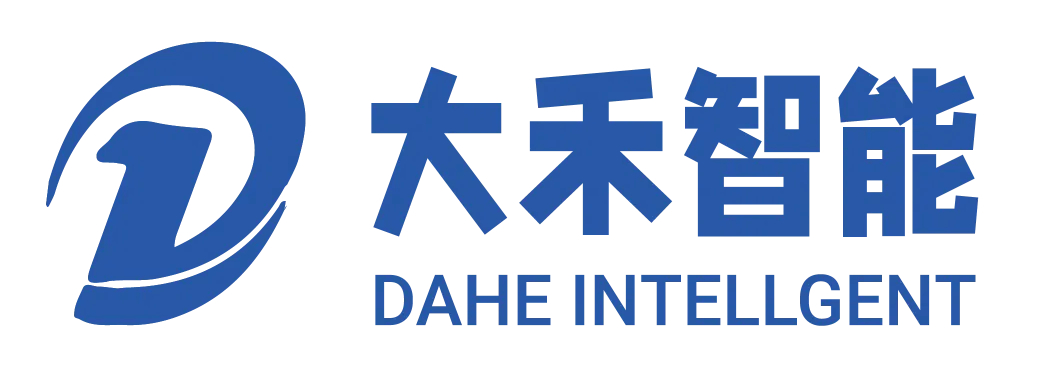Pleating is a critical step in the air filter manufacturing process. A well-formed pleated structure helps optimize filtration, increase surface area, and improve airflow resistance. An air filter pleating machine is key to achieving uniform pleat depth in a production line, which is essential to maintaining high-quality production standards. For manufacturers in the air filter industry, it is necessary to understand how the equipment works to ensure the accuracy of pleat depth, which affects whether high-performance filters can be produced.
The role of air filter pleating machines in production
Filter pleating machines play a central role in the process of pleating filter media (usually paper or synthetic materials) to increase the surface area available for filtration. Engineers design these machines to automatically fold filter media into evenly distributed pleats that maintain a consistent depth across the material. Among them, pleat depth is a key factor in determining filter efficiency, as deeper pleats provide more surface area and better dirt retention.
Unlike manual pleating, where depth variations can lead to inefficient filtration, Dahe’s intelligent air filter pleating machines ensure consistent results, thereby improving the overall performance of the filter. They use a set of adjustable parameters, including pleat height, frequency, and spacing, to achieve the precise depth required. This automation can meet the needs of large-scale, high-quality filters while maintaining production cost efficiency.
Importance of Uniform Pleat Depth for Air Filter Performance
Filters with uniform pleat depth ensure consistent airflow while maintaining the filter’s ability to capture particles and contaminants. Inconsistent pleat depth results in insufficient filtration surface area in some regions of the filter, resulting in uneven airflow and reduced efficiency. This leads to increased resistance, increased energy consumption, and shortened filter life. In addition to improving airflow efficiency, consistent pleat depth helps the filter maintain its structural integrity over the long term. Filters with uneven pleats may experience localized stress or wear, which can cause them to deform or even collapse, resulting in poor filtration performance. A uniform pleat depth helps to distribute stress evenly across the entire filter surface, thereby improving its durability and extending its service life.
Mechanisms for achieving uniform pleat depth
Dahe Intelligent uses technology in its air filter pleating machines to ensure that the pleats are uniformly spaced and have the same depth throughout the filter media. Precise control systems monitor and adjust pleat formation during production. Advanced motors and sensors typically drive these systems, working together to change the pleating process in real-time.
Pleating machines typically include a set of rollers, clamps, and guides that control the movement of the filter media in the machine. As the media passes through the pleating section, the rollers apply pressure to form pleats while the guides ensure that each pleat aligns correctly. Operators control the depth of each pleat by adjusting the pressure applied by the rollers and the speed at which the media feeds into the machine. In addition, PLC and automation systems fine-tune the pleating process. These systems allow operators to set and adjust parameters such as pleat depth, number of pleats, and pleat spacing with high precision. This will enable manufacturers to ensure that each pleat is not only of uniform depth but also has the best spacing.
Advanced functions used in air filter pleating machine
Dahe Intelligent equips its air filter pleating machines with a variety of advanced functions that further enhance their ability to ensure uniform pleat depth. They have a preheating function in their front workbench and a heating and insulation function in the rear workbench to ensure stable molding. At the same time, the workbench uses a stepper motor to drive the linear guide rail up and down to adjust different pleating heights. The folding discharge section contains pressure strips that compact the pleated filter paper, and operators can increase or decrease the pressure strips based on actual conditions. The Dahe intelligent air filter pleating machine equips operators with a touchscreen interface that lets them set the precise pleating depth and remotely monitor the pleating process. These interfaces make it easier for operators to adjust settings, troubleshoot, and ensure that the machine is running at optimal levels.
Improve your production efficiency
Unlike other pleating machines, the Dahe intelligent air filter pleating machine automates the entire pleating process, significantly speeding up production and reducing the possibility of human error. The automated system can process a large amount of filter media in a short period, producing filters that meet the required specifications with minimal supervision. The increase in production speed also reduces labor costs. In addition, by ensuring uniform pleat depth, these machines can also minimize the possibility of filter defects. Consistent pleat formation ensures that the filter can immediately enter the next production stage, thereby improving overall production efficiency.
Bring high-quality, consistent air filters
By automating the pleating process, these machines enable manufacturers to achieve consistent, precise pleats, thereby improving filter performance, airflow efficiency, and durability. The adjustable settings, advanced sensors, and stepper motors provided enable manufacturers to pleat height to meet the specific needs of different filter applications. Whether it is used in HVAC systems or car air purifiers, production efficiency can be improved.





